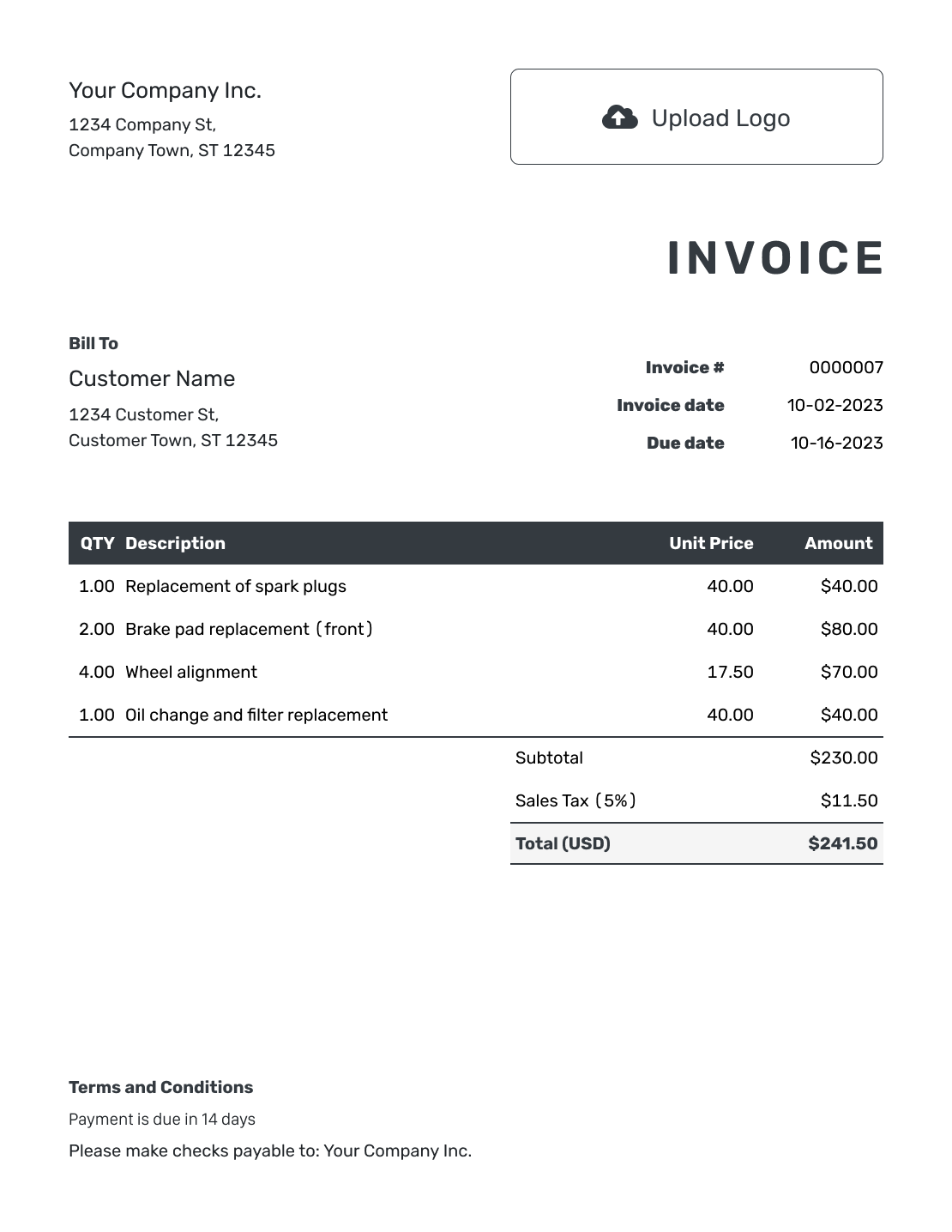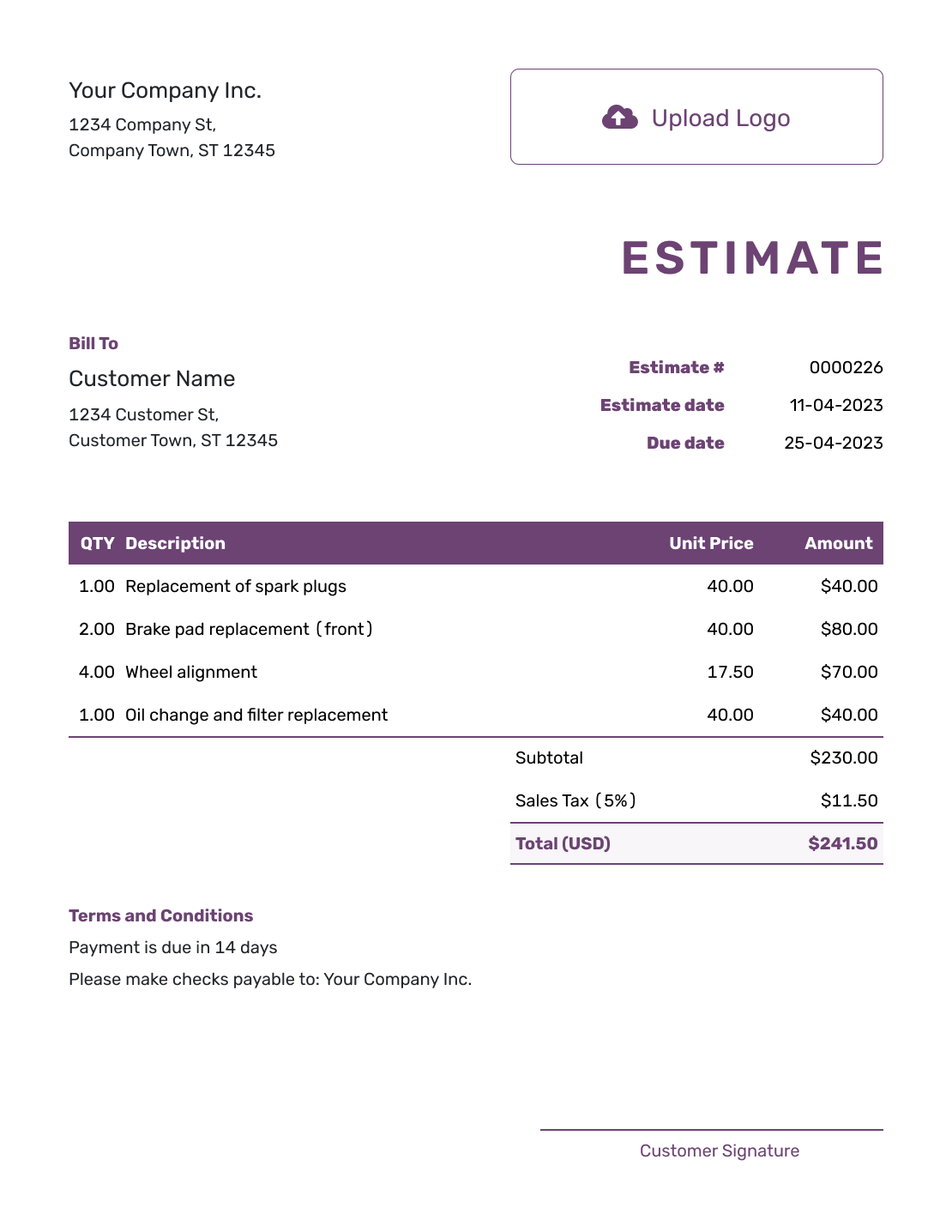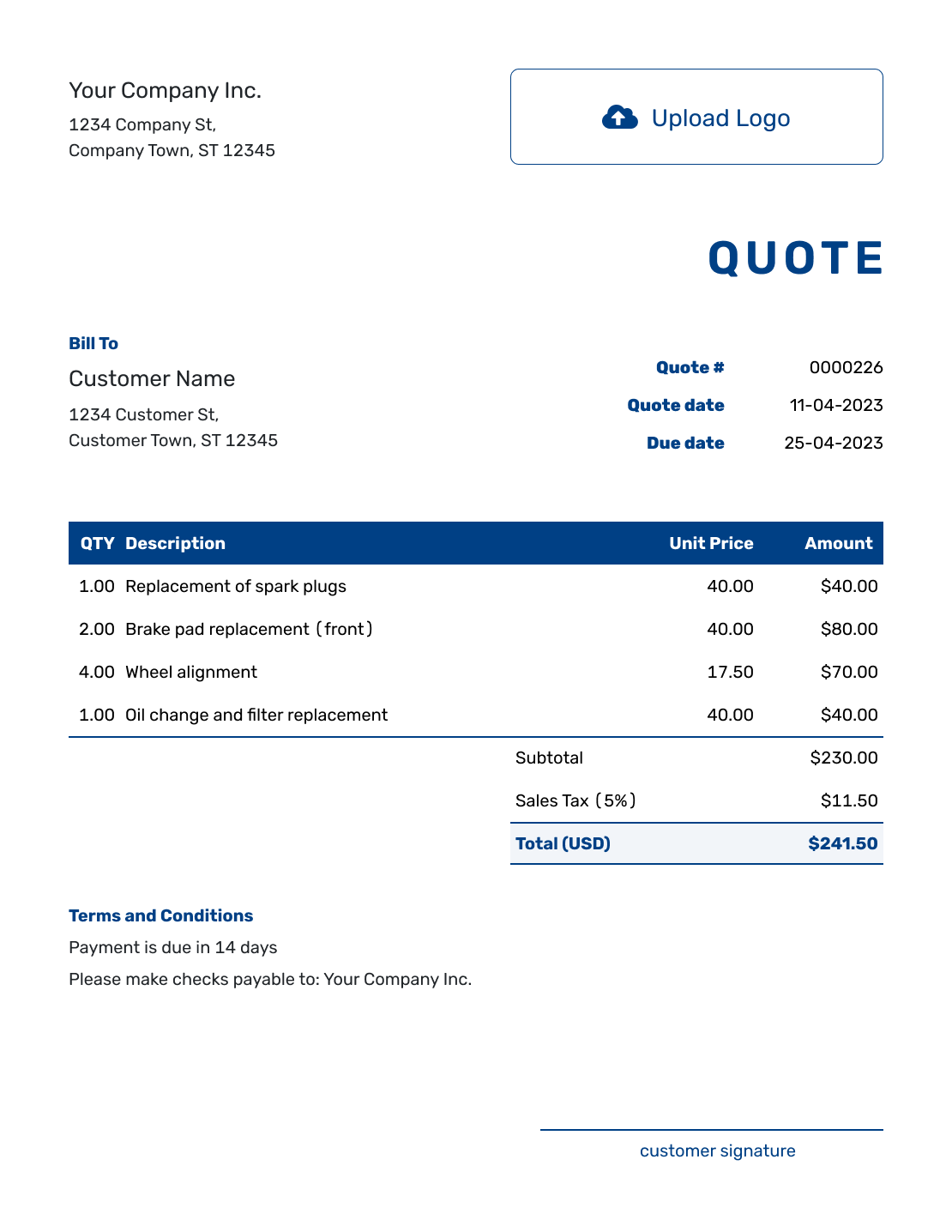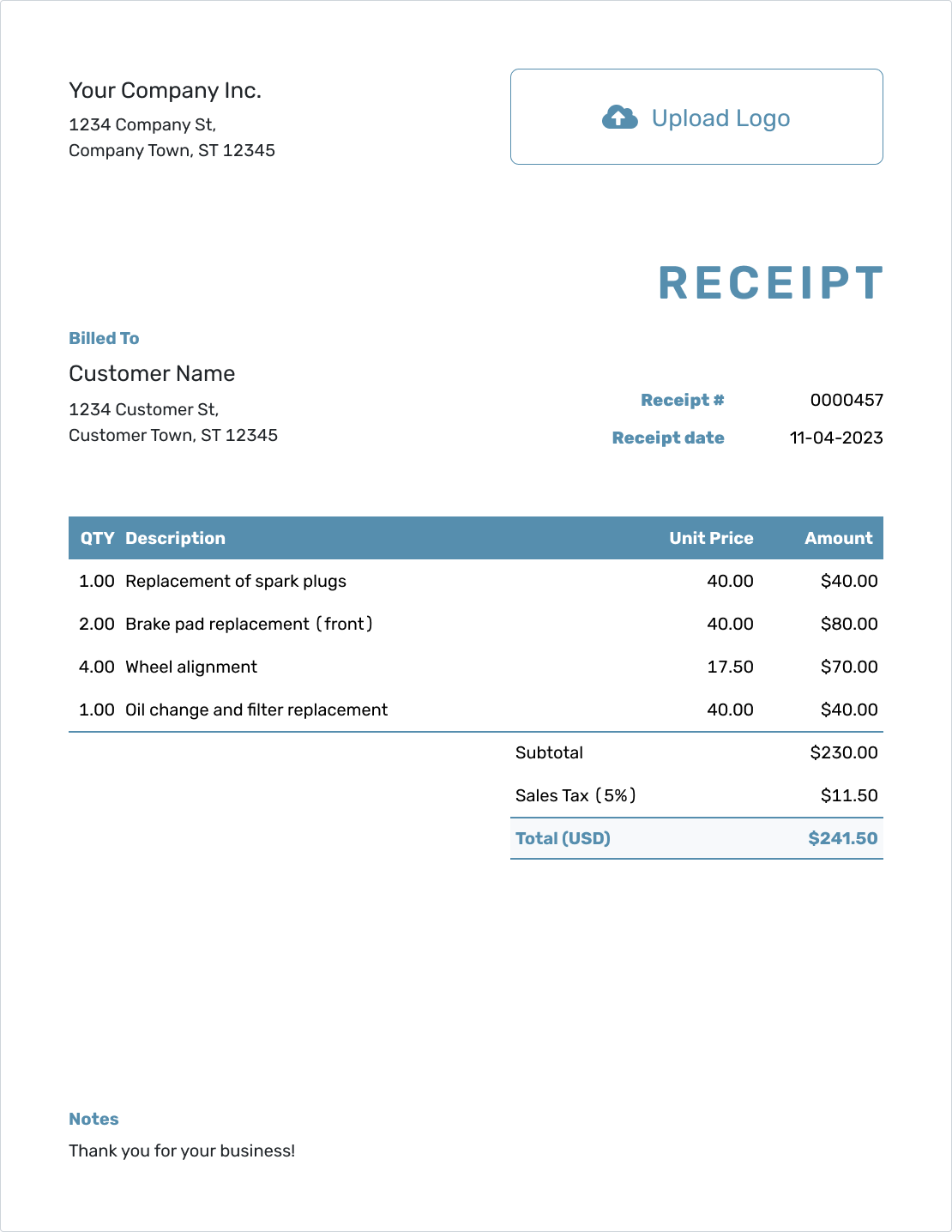Understanding
Debit and Credit
Est. reading time: 6 min

Debit and credit might sound like banking jargon, but they're really just fancy ways of saying “money in” and “money out.” These terms help you track where your money is coming from and where it's going, so your books stay balanced.
What Are Debit and Credit?
A debit is the money your business spends or loses. For example, when you buy office supplies or pay rent, that's a debit. A credit, on the other hand, is the money your business earns or gains, like when a customer pays you for a service.
These two terms are essential for keeping track of your finances. Together, they show you how money moves through your business.
How Do Debit and Credit Work?
Think of your business as having two buckets: one for the money it owns and one for the money it owes. Here's how debit and credit come into play:
- Debits: Add value to things your business owns (like cash in the bank) and reduce what it owes.
- Credits: Reduce what your business owns and increase what it owes (like a loan or invoice owed).
The key is balance. For every debit, there's an equal and opposite credit. It's like a scale that always stays even, making sure every penny is accounted for.
Practical Examples
Let's make this real with a couple of examples:
Example 1: Paying Rent
You pay $500 for office rent. Here's how it looks in your books:
- Debit: $500 to Rent Expense (you spent money).
- Credit: $500 to Cash (you reduced what you own in the bank).
Example 2: Receiving a Payment
A customer pays you $1,000 for a service. Here's how that's recorded:
- Debit: $1,000 to Cash (you gained money).
- Credit: $1,000 to Revenue (you earned money).
Why It Matters
Understanding debit and credit helps you keep track of your business's financial health. It ensures your books are accurate, giving you a clear picture of how your business is doing.
Whether you're making decisions about spending, saving, or growing, this clarity is essential. Plus, when tax time comes, having your books balanced saves you time and stress.
How Docelf Helps
Docelf doesn't expect you to be an accounting pro. With our easy-to-use tools, you can track invoices, payments, and overdue amounts without worrying about balancing every debit and credit manually. Here's how we help:
- Keep Everything Organized: Store invoices and receipts in one place.
- See Customer Activity: Know when invoices are opened and payments are made.
- Stay in Control: Easily record payments and track overdue amounts.
Ready to simplify your business finances? Try Docelf today!




